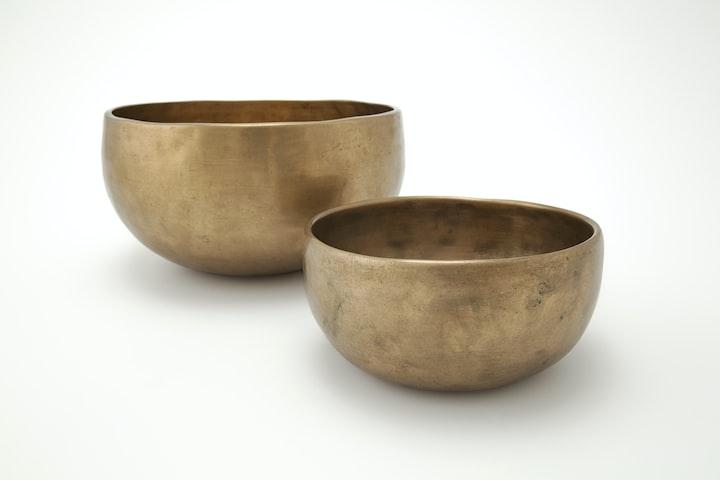The most important thing to do when you have a wound is to keep it clean. This will help prevent infection. You should also watch for signs of infection, such as redness, swelling, or pus.
If your wound is healing properly, you will see new skin growth around the wound. The wound may also become smaller and less deep over time.
Scabs. Your general cuts and puncture wounds go through three stages of healing: bleeding, clotting, and scab bing
When you first get a cut, it starts to bleed. This is because your blood vessels have been damaged and need to repair themselves. The blood vessels constrict to stop the bleeding and then clotting occurs. Clotting is when your blood cells form a plug to seal the wound and prevent further bleeding. Once the clotting has occurred, scab bing starts.
Scabbing is when your body forms a barrier over the wound to protect it from infection while it heals. Scabs typically form within 24-48 hours after an injury and can last for several days or weeks. During this time, it is important to keep the area clean and dry to prevent infection. Once the scab falls off, the wound should be fully healed.
Swelling. Swelling is a sign that your immune system is repairing your wound
When you have a wound, your immune system swings into action to repair the damage. One of the signs that this is happening is swelling. Swelling occurs when your body produces excess fluid and cells in response to an injury. The extra fluid helps to protect the area while new cells grow to repair the damage.
Swelling can be uncomfortable, but it’s usually a good sign that your body is healing itself. In most cases, swelling will peak within 24-48 hours after an injury and then start to go down. If you have a more serious injury, such as a burn or deep cut, swelling may take longer to subside.
If you’re concerned about the amount of swelling you’re experiencing, talk to your doctor. They may recommend treatments such as ice or elevation to help reduce discomfort and speed up healing time.
Tissue Growth
The rate at which tissue grows varies depending on the type of tissue and the part of the body it is in. For example, skin cells grow much faster than muscle cells. Muscle cells grow faster than bone cells. And bone cells grow faster than organ cells.
The process of tissue growth can be divided into two main phases: cell division and cell differentiation. Cell division is when a cell splits into two new daughter cells. This phase occurs more rapidly in some tissues than others. For example, skin cells divide much more quickly than muscle or bone cells.
Cell differentiation is when a cell changes from one type to another type. This phase usually happens after cell division has slowed down or stopped altogether. Differentiation allows tissues to become more specialized so that they can perform their specific functions better. For example, muscle cells differentiate into different types of fibers that are better suited for contracting or relaxing., Skin cells differentiate into different types of cells that are better suited for protecting the body from infection or injury.
Scarring
Scars are a natural part of the healing process. When your body is wounded, the skin works to repair itself by creating new collagen fibers. These new fibers are not always aligned perfectly, which can cause a scar.
The appearance of a scar depends on several factors, including the type of injury, the location of the injury, your age and genetics. For example, cuts or scrapes usually heal without any noticeable scarring. However, deeper wounds (such as from surgery) may result in visible scars.
Most scars eventually fade and become less noticeable over time. There are treatments available that can help minimize the appearance of scars if you’re concerned about their appearance.
